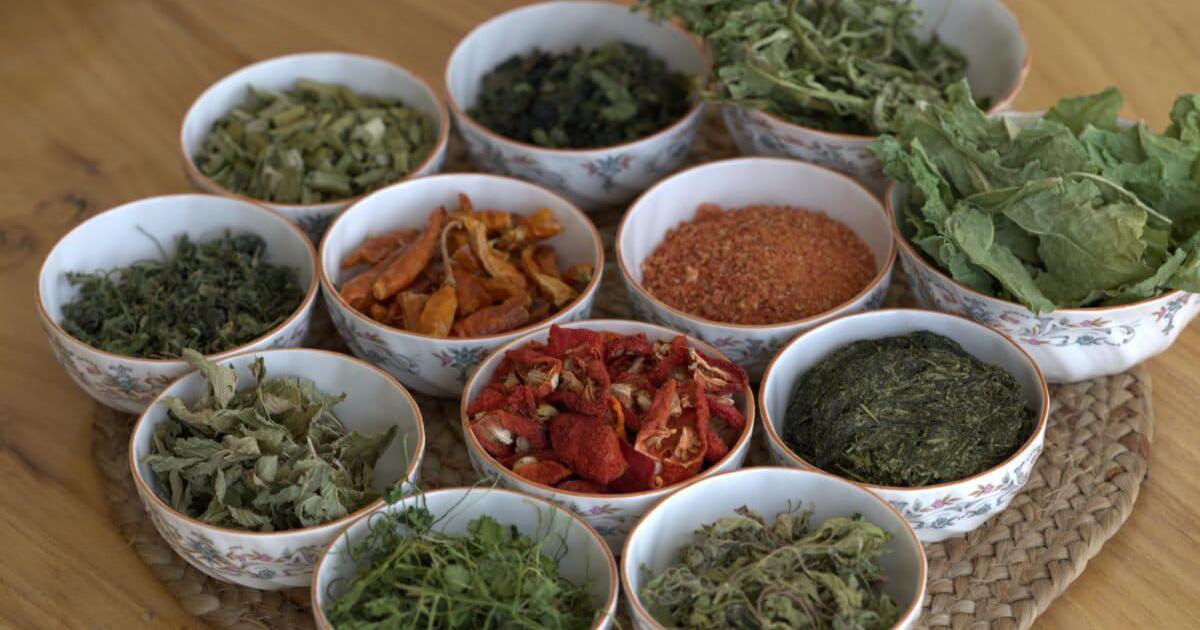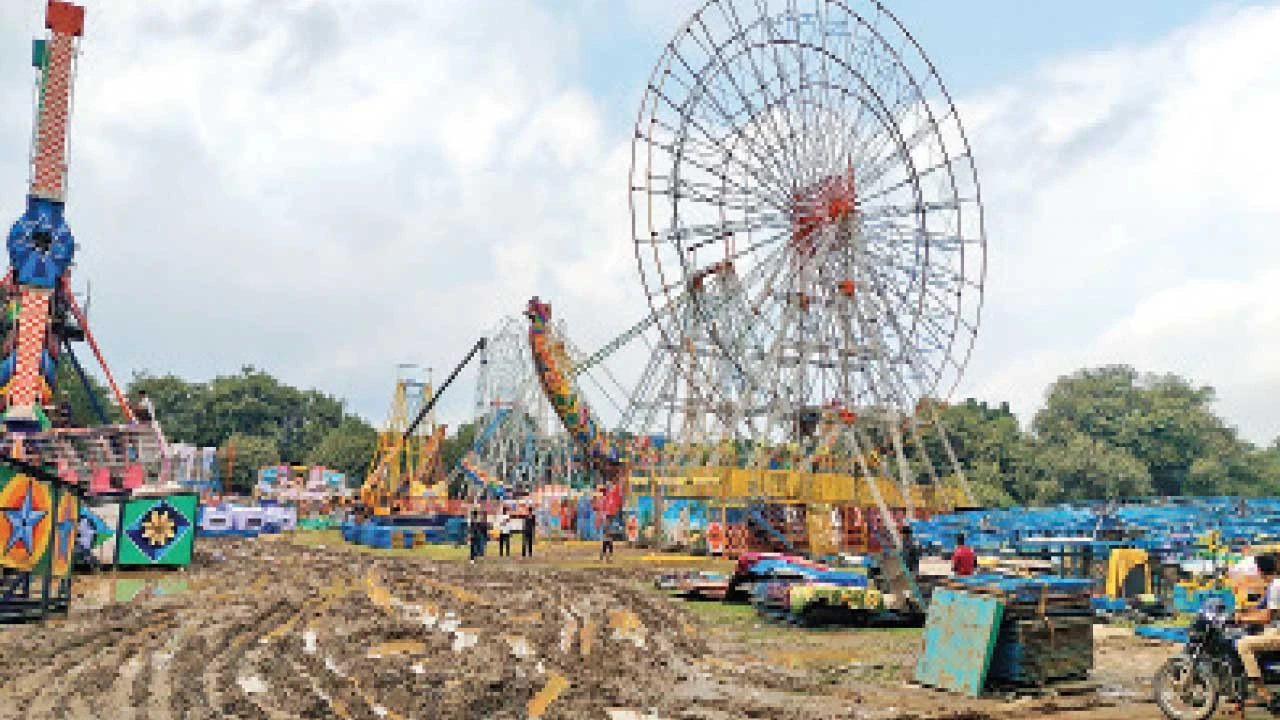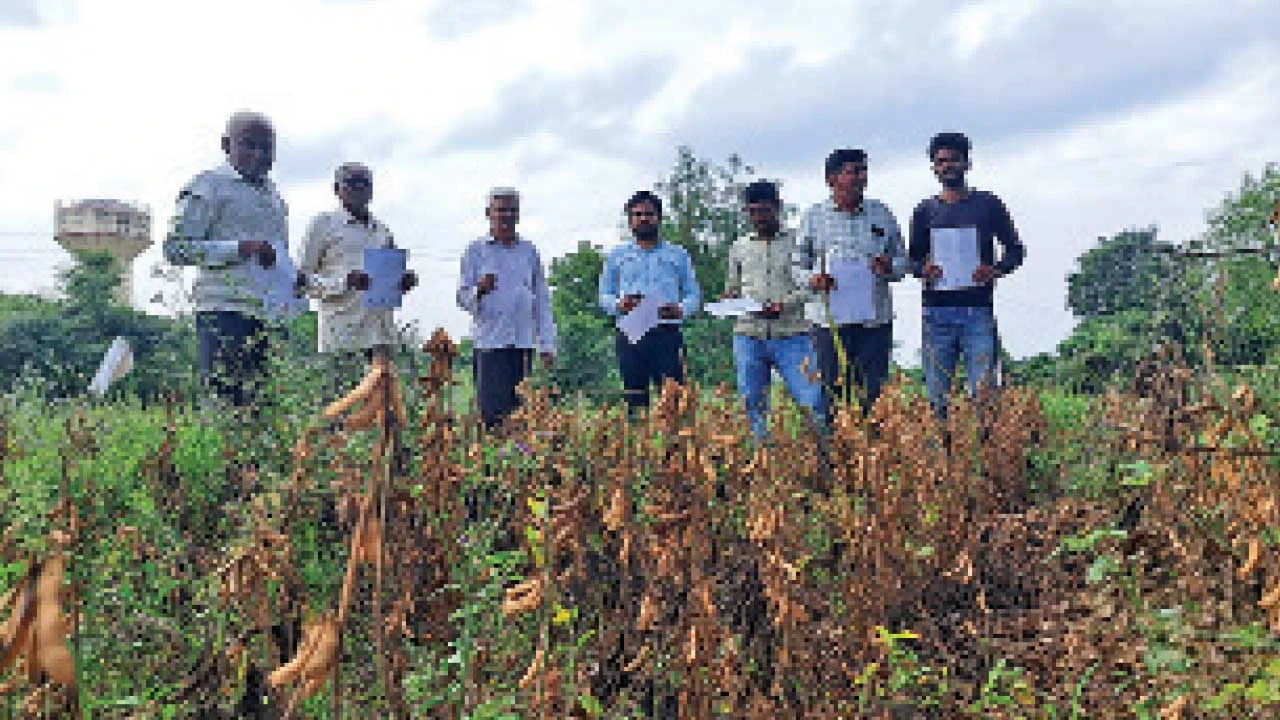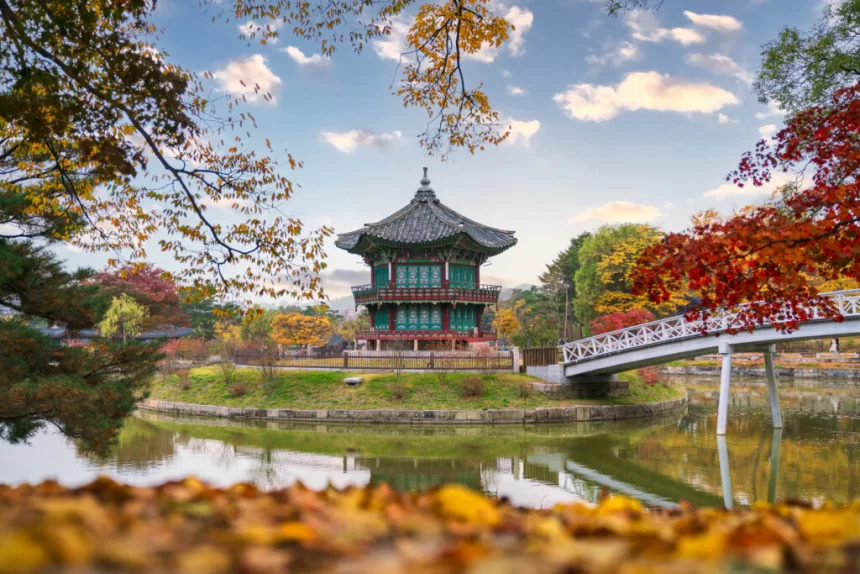Wild herbs, once central to Ladakh’s cuisine and life, are fading from memory and the landscape

Join our WhatsApp Community to receive travel deals, free stays, and special offers!
- Join Now -
Join our WhatsApp Community to receive travel deals, free stays, and special offers!
- Join Now -

Ladakh’s cold desert climate is marked by low rainfall, thin air, intense solar radiation, and harsh winters. Amidst this barrenness, wild edible plants have sustained, adapting with features like waxy or hairy leaves that minimise water loss and enhance hardiness, to survive in this region located at an altitude of 2,800-5,500 metres above sea level.
“The climatic conditions contribute to a short growing season during which wild plants such as seabuckthorn (Hippophae rhamnoides), wild rhubarb (Rheum australe), and high-altitude herbs like caraway (Carum carvi) and somlata (Ephedra gerardiana) store high levels of vitamins, antioxidants, and minerals. In a land with limited farming, these wild edible plants are vital for people, livestock, and cultural heritage,” says Bilal Mir, senior assistant professor, Department of Botany, University of Kashmir.
A new study from Ladakh highlights that the historic connection between people and wild plants is diminishing. Conducted between 2019 and 2022 across 12 villages in five regions – Changthang, Kargil, Nubra, Leh and Zanskar – the study involved interviews with 60 local people using open-ended and semi-structured questionnaires.
Published in Ethnobotany Research and Applications in March, the study identified 52 wild edible plant species belonging to 25 plant families and 40 genera, with 288 use reports which represent distinct ways the plants are used by the community.
The most commonly used were Himalayan...
Read more
What's Your Reaction?
 Like
0
Like
0
 Dislike
0
Dislike
0
 Love
0
Love
0
 Funny
0
Funny
0
 Angry
0
Angry
0
 Sad
0
Sad
0
 Wow
0
Wow
0






















































